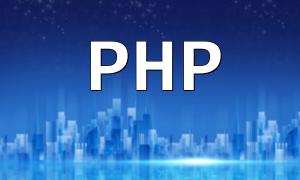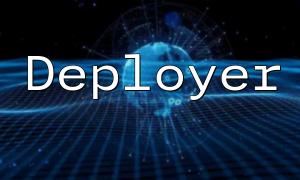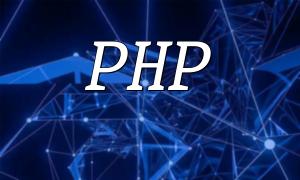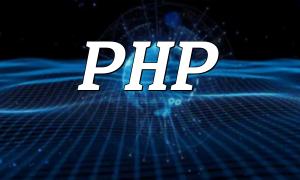In PHP application development, plugins and extensions are often used to enhance functionality and performance. Understanding how these plugins and extensions are implemented at a low level can help developers build more efficient PHP applications. This article will explain PHP plugin development and the extension mechanism from a low-level perspective, with code examples for better understanding.
A plugin is a pluggable component that can run independently and provide specific functionalities in an application. In PHP, plugin development relies on the extension mechanism, which is implemented using C language to write extension code.
Extensions are a core part of PHP, implemented through a library of extension functions written in C. In the PHP source directory (ext/), you'll find many extension modules like ext/mysql and ext/curl. These modules can be dynamically loaded via the extension mechanism and provide additional functionality to PHP.
Plugin development generally involves the following steps:
First, we need to write the actual plugin code using C. For example, to create an image processing plugin, we would write a C file that defines relevant functions and classes:
#include <php.h>
PHP_FUNCTION(image_resize) {
// Implement image processing functionality
}
zend_function_entry plugin_functions[] = {
PHP_FE(image_resize, NULL)
{NULL, NULL, NULL}
};
zend_module_entry plugin_module_entry = {
STANDARD_MODULE_HEADER,
"image_plugin",
plugin_functions,
NULL,
NULL,
NULL,
NULL,
NULL,
"1.0",
STANDARD_MODULE_PROPERTIES
};
ZEND_GET_MODULE(plugin)After writing the extension code, we need to compile it into a dynamic library so that PHP can load it during runtime. The compilation process can be done using the tools provided by PHP:
$ phpize
$ ./configure --with-php-config=<php-config-path>
$ make
$ make installOnce the extension is compiled, we need to register it in PHP. This can be done by adding the following line in the PHP configuration file:
<span class="fun">extension=image_plugin.so</span>
Once the extension is registered, we can use the functionality provided by the plugin in our PHP code. For example, we can call the image_resize function to process an image:
<?php
$image = image_resize("image.jpg", 800, 600);
?>The extension mechanism is a critical component of PHP's low-level architecture, providing robust support for plugin development. Understanding how the extension mechanism works will help developers master the core principles of plugin development.
The Zend Engine is the core interpreter and compiler of PHP. It is responsible for parsing, compiling, and executing PHP code. The Zend Engine has two main components: the Zend Core and the Extension Support Library.
The core of PHP extension implementation relies on the Extension Support Library in the Zend Engine. This library consists of a set of C functions that provide the necessary tools and interfaces for developing extensions.
Each PHP extension has a module structure, which includes information about the module and its entry functions. For example, the plugin structure from the earlier code looks like this:
zend_module_entry plugin_module_entry = {
STANDARD_MODULE_HEADER,
"image_plugin",
plugin_functions,
NULL,
NULL,
NULL,
NULL,
NULL,
"1.0",
STANDARD_MODULE_PROPERTIES
};The Zend Core is the core module of PHP, responsible for parsing and executing PHP code. When the PHP interpreter initializes, it loads the Zend Core and registers the various extension modules.
When the PHP interpreter encounters a feature that requires an extension, it will load the corresponding extension module as registered in the configuration file. During this process, PHP reads the module structure and registers it into the Zend Core, making it available for use in PHP code.
This article has provided a detailed explanation of PHP plugin development and the extension mechanism, covering the entire process from writing C extensions, compiling them, registering extensions, to using plugins. Understanding the core principles of the extension mechanism will help developers gain deeper insights into PHP's low-level architecture and improve their plugin development skills.










